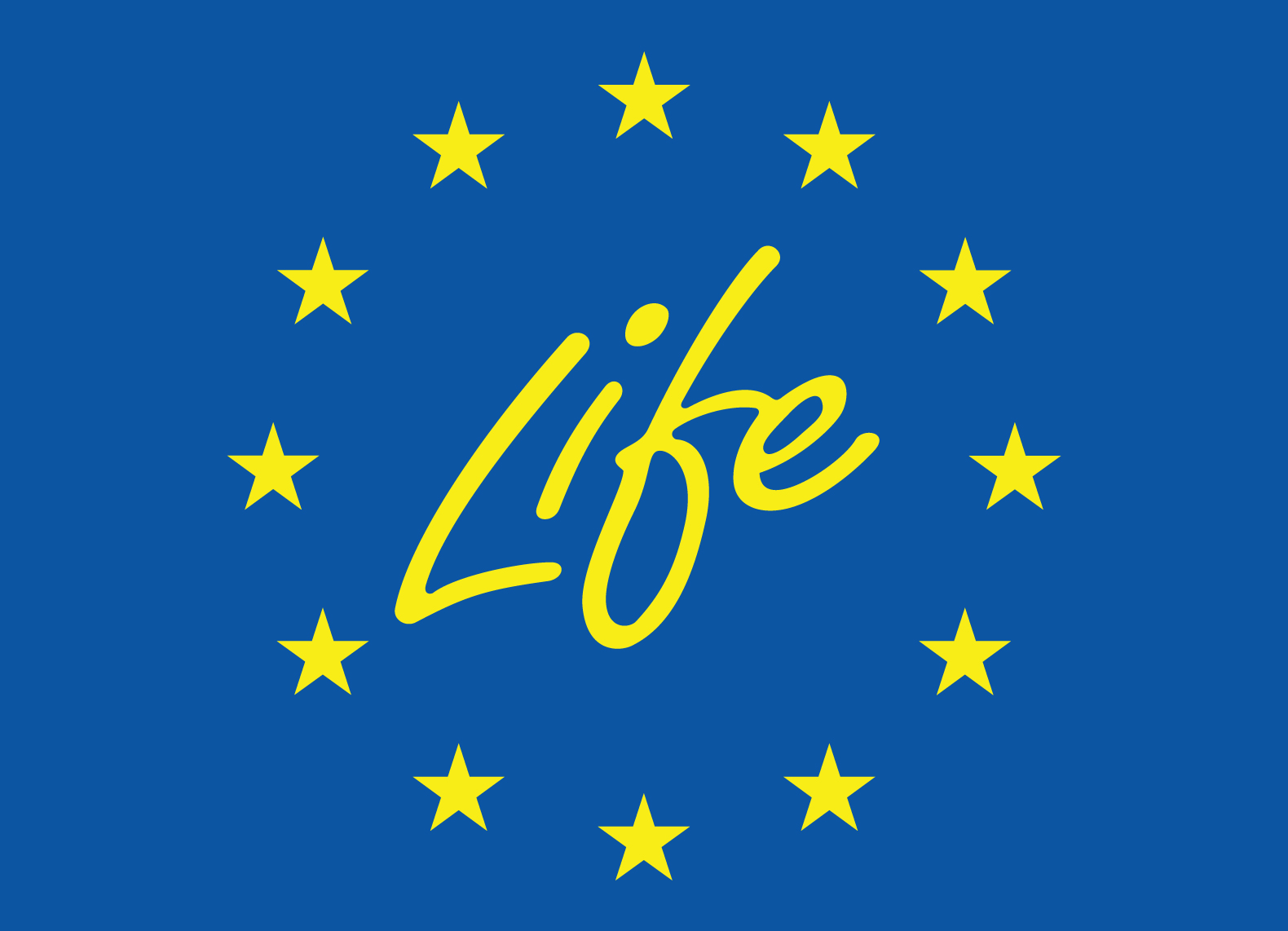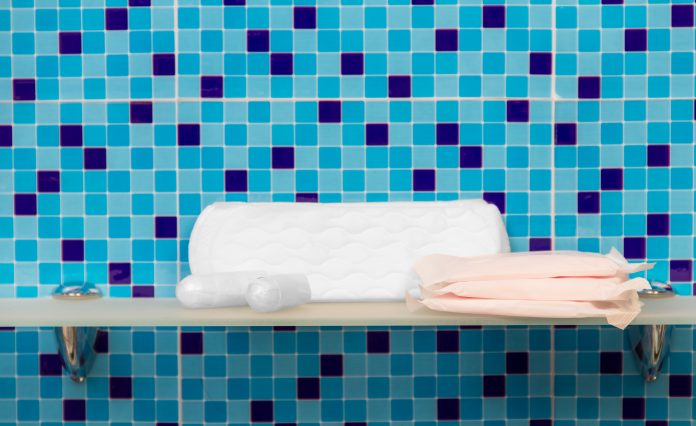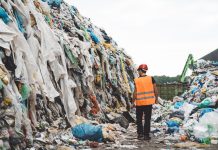Can single-use absorbent hygiene products gain sustainability? The answer is: Yes. Cagda Biasutti & Dr Stefanie Glathe, from Procter & Gamble explain more
The complete answer is: Yes, with intelligent eco-design applying high-performance absorbent technology and bio-based, recycled or recyclable materials.
Baby diapers, as well as sanitary napkins and tampons, fall under the category of single-use absorbent hygiene products (AHP). During the few last years, they have been increasingly challenged in public discussions about waste management, lack of circular economy of materials, resource consumption and CO2 emission. Activists have called for the complete removal of plastic from all AHP and strongly push for reusable products. At the same time, the European Commission works for more than a decade at a bold pace with legislation and research framework programmes for a greener economy, cumulating with the European Green Deal in 2021.
Past efforts to develop reusable or biodegradable products for the AHP sector have not always been commercially successful. Consumers miss the comfort and protection performance of the single-use product versions. In the case of menstrual protection products, hygiene considerations preclude public collection and disposal via biodegradation or recycling. In fact, alternative products account for less than 5% of the market, despite a growing interest in sustainable solutions.
Absorbent hygiene products research
In the P&G Innovation Centre in Schwalbach, Germany, research groups are enhancing the environmental profile of baby diapers, sanitary napkins, panty liners and tampons. EcoCare is a three-year research programme (August 2019 – July 2022) to explore alternative materials and to test them with consumers in demonstration products. It was preceded by a similar programme, CELSTAB, during which a novel, more sustainable multilayer absorbent core structure has been developed. Embedded in the Horizon 2020 and LIFE+ frameworks, the European Commission is co-funding this research to help the consumer and the environment.
While the detailed composition of the involved products is proprietary to the raw material suppliers and the manufacturing company, the general approach can be outlined on how to maintain performance and gain sustainability with intelligent design.

Single-use diapers and sanitary pads or panty liners mainly consist of:
- Top and intermediate layers of synthetic or nature-derived materials (such as polyethylene, polyester, polypropylene, viscose and cotton).
- An internal absorbent core of
- cellulose fluff, with or without polyacrylate super-absorber (SAP).
- A watertight bottom layer.
For a general structure and components of AHP products see references 1,2,3
The objective to reduce the environmental impacts of AHP is approached in three areas:
- Material reduction: Smartly restructured fibre distribution through the internal layers of absorbent material.
- Integration of new materials into products: Bio-based, from renewable and recycled resources, for example, cotton, cellulose, corn, bio-SAP, bio-PE/PP films and nonwovens, and bio-based naphtha.
- Supplier localisation (EU sourced fibres).
The end goal is to achieve:
- Reduction of raw material per AHP product by 10-25%.
- Waste prevention at the end of the product’s life by 10-25%.
- Reduction of greenhouse gas emissions by 5-15%, due to product mass reduction and sustainable materials, as well as reduced landfilling and transport mass.

The research teams at P&G have analysed and evaluated the trade-off of different materials, processes and end-of-life solutions. The product development was accompanied by intensive consumer testing for comfort and efficacy. Final targets achieved are being verified via environmental impact assessments and/or life cycle assessments (LCAs).
The CELSTAB project achieved a more sustainable prototype for menstrual sanitary napkins. In EcoCare, additional prototypes for panty liners and baby diapers [Figure 2] could successfully be produced with the innovative absorbent structure, reduced and sustainable material input.
Scope to work towards sustainability targets
Mid-term project results collated in 2021 indicate that the prototypes could have the potential to meet the sustainability targets.
The EcoCare project can contribute to more efficient management of raw material resources and prevention of waste related to menstrual protection products and baby diapers and as a consequence lead to significantly reduced AHP waste amounts brought to incineration and landfill. The end goal of the continued research at P&G is to provide better performing and more sustainable products to consumers, considering the whole product life cycle and European infra-structure.
References
(1) Nonwovens in absorbent hygiene products (edana.org) (https://www.edana.org/nw-related-industry/nonwovens-in-daily-life/absorbent-hygiene-products)
(2) ALWAYS & ALWAYS DISCREET Pads Ingredients Information (https://www.always.eu/info/)
(3) Materials and Safety – What’s In Our Products? | Pampers (https://www.pampers.com/en-us/about-us/quality-and-safety/article/materials-and-safety)

Please note: This is a commercial profile
© 2019. This work is licensed under CC-BY-NC-ND.











